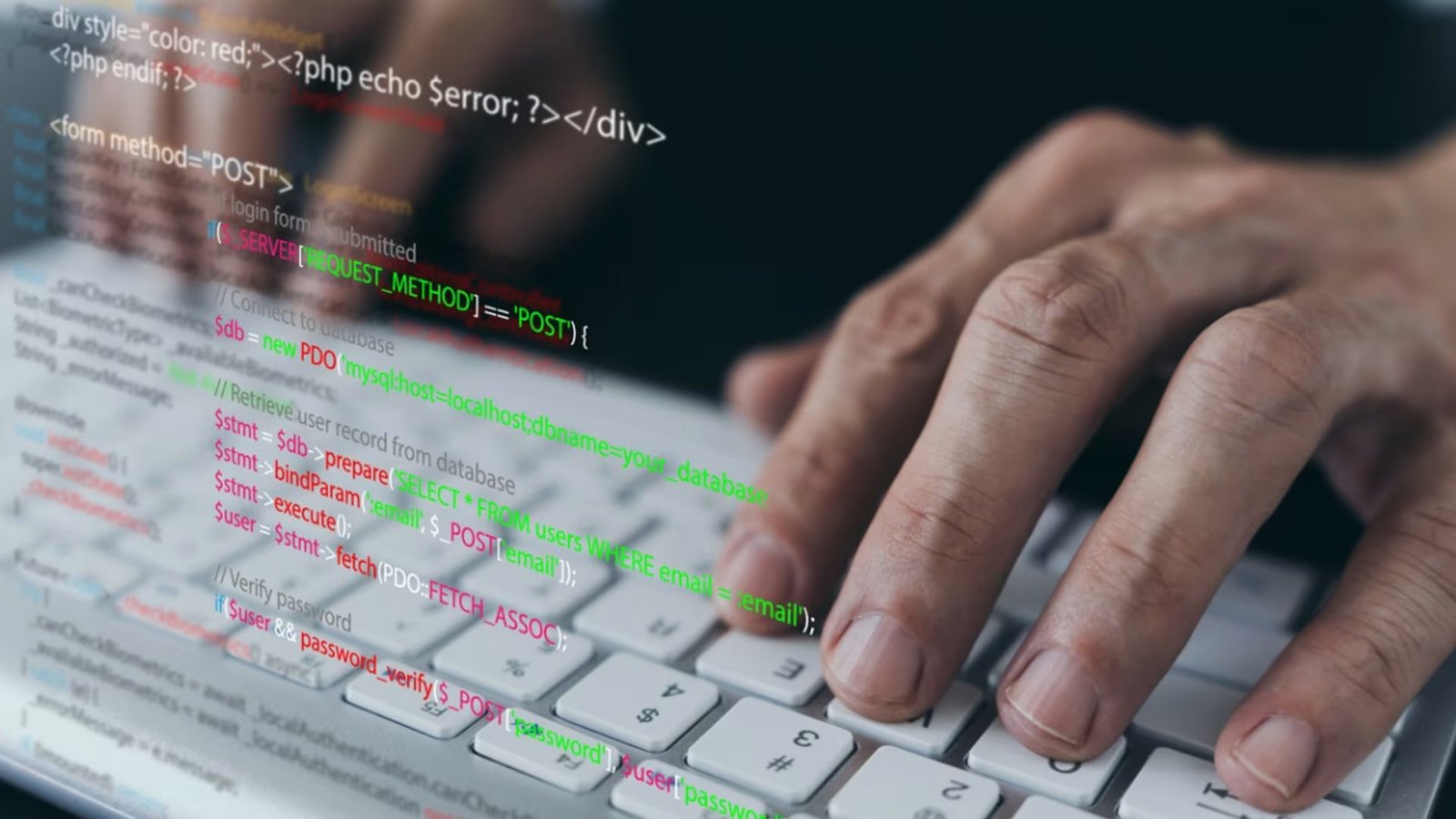Code Style and Best Practices: A Strategic Imperative for Writing Clean Code
In the landscape of modern software development, the adage “As long as it works, it’s fine” represents a profound and costly misunderstanding. [1] Functional code is merely the baseline; the true measure of quality and the predictor of long-term success lies in its cleanliness. Clean code is not an aesthetic preference but a strategic imperative, referring to code that is easy to read, understand, and modify. [2][3] It is characterized by its clarity, simplicity, and adherence to established conventions, making it approachable for any developer, not just its original author. [4][5] The prioritization of clean code is a direct investment in a software project’s future, profoundly impacting its maintainability, scalability, and the collaborative efficiency of the development team. [1][3] Neglecting these principles accrues “technical debt,” a term for the implied cost of rework caused by choosing an easy, limited solution now instead of using a better approach that would take longer. [2][4] This debt manifests as maintenance nightmares, where fixing a simple bug or adding a new feature becomes a Herculean task, fraught with the risk of introducing unintended side effects. [1][6] Consequently, clean code is the engine of velocity; it allows teams to build, adapt, and innovate swiftly because the codebase is a well-organized foundation rather than a tangled impediment. [1][7]
The bedrock of clean code is formed by a disciplined approach to the fundamental elements of programming: naming, formatting, and functional structure. The names chosen for variables, functions, and classes are the most basic and powerful form of documentation. [8] Meaningful, descriptive names that reveal intent eliminate the need for explanatory comments and reduce cognitive load on the reader. [5][8] For instance, a variable named elapsedTimeInDays is infinitely more transparent than d. Conventions like CamelCase (firstName), PascalCase (FirstName), and snake_case (first_name) provide structural consistency, but the core principle is clarity and searchability. [8][9] Complementing strong naming is consistent code formatting. Issues like indentation, spacing, and line breaks, while seemingly trivial, are crucial for readability. [10][11] A uniform style across a project allows developers to focus on the logic rather than deciphering the structure. [12][13] To this end, automated tools known as code formatters (e.g., Prettier, Black) and linters are indispensable, enforcing a single style guide (like Google’s style guides or Python’s PEP8) automatically and removing stylistic debates from team workflows. [11][14] At a slightly higher level of abstraction, the principle of small, focused functions is paramount. A function should adhere to the Single Responsibility Principle (SRP), doing one thing and doing it well. [3][15] Functions should be kept small—ideally under 20 lines—as this makes them easier to understand, test, and reuse. [15][16] A long function with multiple nested blocks is a “code smell” indicating that it should be broken down into smaller, more manageable units with descriptive names that narrate the operation. [15][17]
Elevating from granular code to system architecture, the SOLID principles, introduced by Robert C. Martin, provide a timeless framework for designing robust and maintainable object-oriented systems. [18][19] These five principles are designed to reduce dependencies, allowing developers to change one area of the software without impacting others. [20] The Single Responsibility Principle (SRP) states that a class should have only one reason to change, ensuring high cohesion and clarity of purpose. [19][21] The Open-Closed Principle (OCP) dictates that software entities should be open for extension but closed for modification, meaning new functionality can be added without altering existing, tested code. [18][19] The Liskov Substitution Principle (LSP) requires that subtypes must be substitutable for their base types without altering the correctness of the program, ensuring reliability in class hierarchies. [18][21] The Interface Segregation Principle (ISP) advises using many small, client-specific interfaces rather than a few large, general-purpose ones, preventing classes from depending on methods they don’t use. [19][20] Finally, the Dependency Inversion Principle (DIP) states that high-level modules should not depend on low-level modules; both should depend on abstractions. [21][22] Adhering to SOLID principles leads to a decoupled, modular architecture that is more flexible, scalable, and resilient to the constant evolution of business requirements. [19][20]
Maintaining a clean codebase is not a one-time task but a continuous process of proactive quality assurance, centered on refactoring, robust error handling, and strategic documentation. Refactoring is the disciplined technique of restructuring existing computer code—without changing its external behavior—to improve nonfunctional attributes like readability and maintainability. [23][24] It is the primary method for addressing “code smells,” which are symptoms of deeper design problems, such as duplicate code, long methods, or large classes. [17][25] Regularly refactoring code prevents the accumulation of technical debt and keeps the system’s design from decaying over time. [26][27] Equally critical is robust error handling, which is the mark of a resilient and professional application. [28][29] Instead of letting a program crash or fail silently, errors should be handled gracefully. [30][31] This involves using meaningful error messages, logging errors for analysis, and implementing structured exception handling (like try-catch blocks) to manage unexpected issues without disrupting the user experience or corrupting data. [30][31] Finally, while clean code aims to be self-explanatory, strategic documentation and commenting are vital. Comments should not explain what the code is doing—the code itself should do that—but why it is doing it. [32][33] They should clarify complex algorithms, explain business-critical logic, or warn of potential edge cases. [33] By combining the continuous improvement of refactoring, the resilience of robust error handling, and the clarity of strategic documentation, developers can ensure that a software product remains a valuable, adaptable, and long-lasting asset. [3][34]



